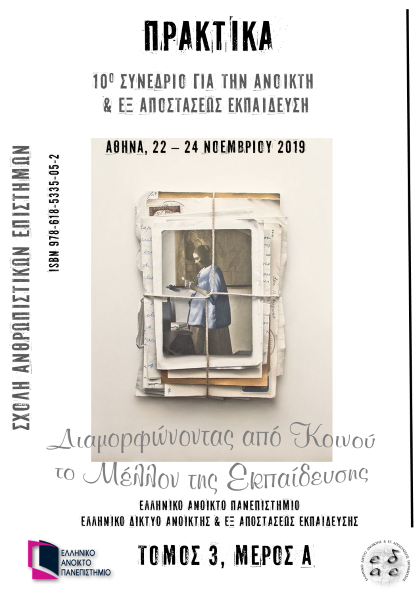ICT and specific learning disabilities: A proposition for the use of the software Rewordify in the foreign language learning by students with reading comprehension difficulties
Περίληψη
During the past few years, there has been a growing interest in the use of Information and Communication Technologies (ICT) in education. ICT has become more and more prominent in classrooms in any possible way, enabling teachers to make their lessons more interesting and effective. Furthermore, a number of studies has been focusing on the use of technology in accommodating the needs of students with special educational needs and especially of those with specific learning disabilities. It is widely accepted that technology can help those students cope with the material that troubles them. Technology becomes even more useful when we refer to foreign language learning on the part of students with specific learning disabilities, a process that entails additional difficulties for them. English, which is the first foreign language taught to students in the Greek educational system, is a phonologically non-transparent language, a fact that causes severe difficulties to students with specific learning disabilities especially in the domain of decoding and reading comprehension. In the current article, a brief review of the use of technology in education and especially in special education will be attempted. Then, there will be a presentation of the problems faced by students with specific learning disabilities in reading comprehension in English as a foreign language. Finally, a free educational software named Rewordify will be presented. We will discuss its function and propose ways of using it in classroom for accommodating the needs of students with specific learning disabilities in reading comprehension in English. Potential limitations will also be discussed.
Λεπτομέρειες άρθρου
- Τεύχος
- Τόμ. 10 Αρ. 3A (2019)
- Ενότητα
- Άρθρα



